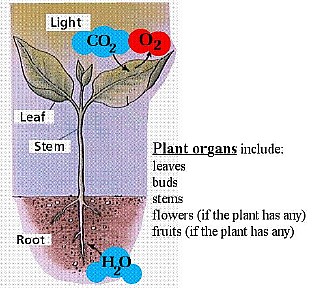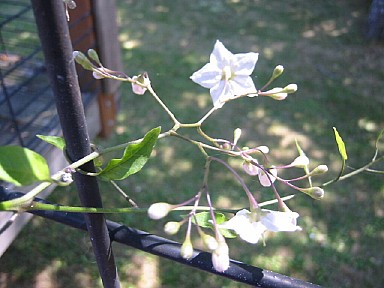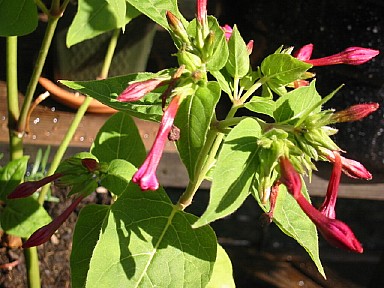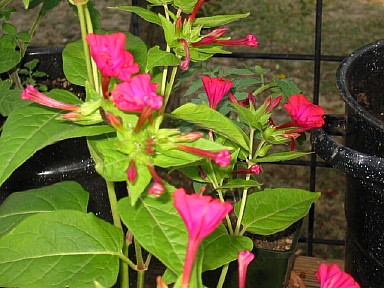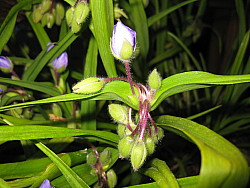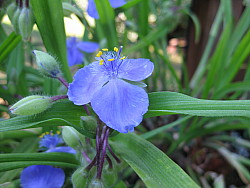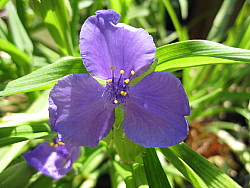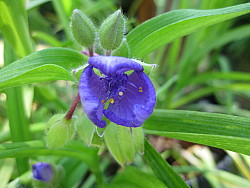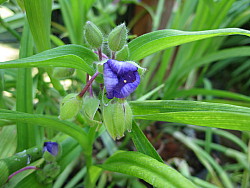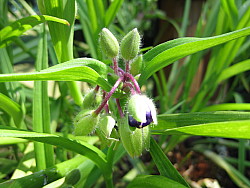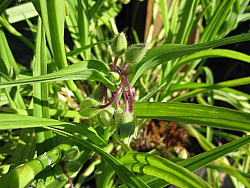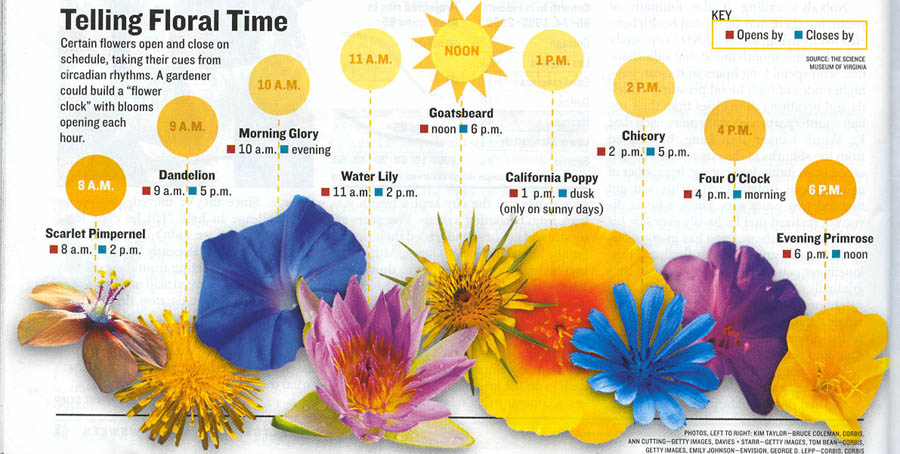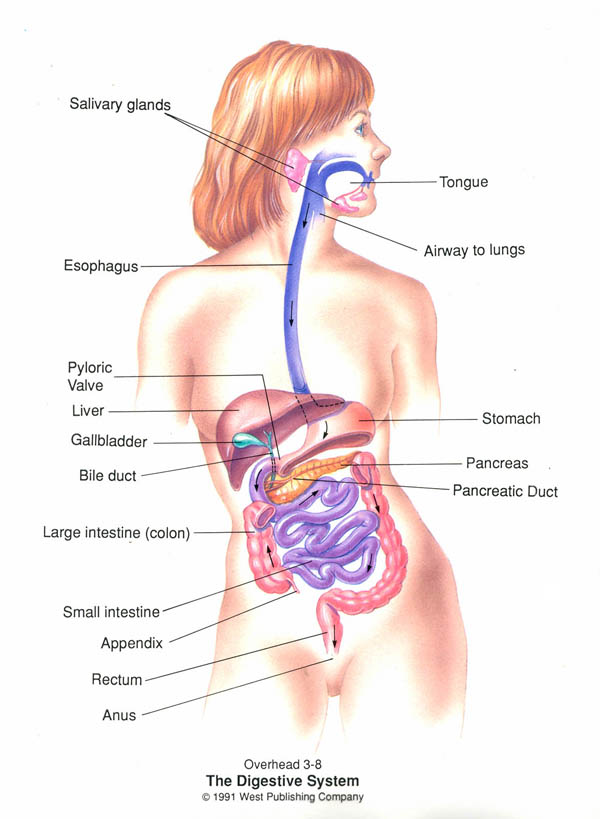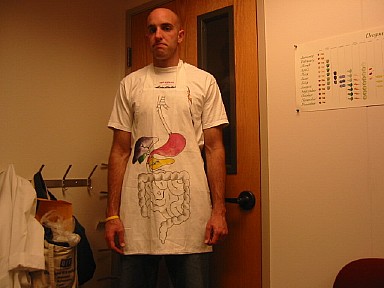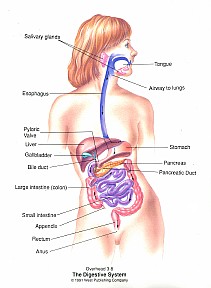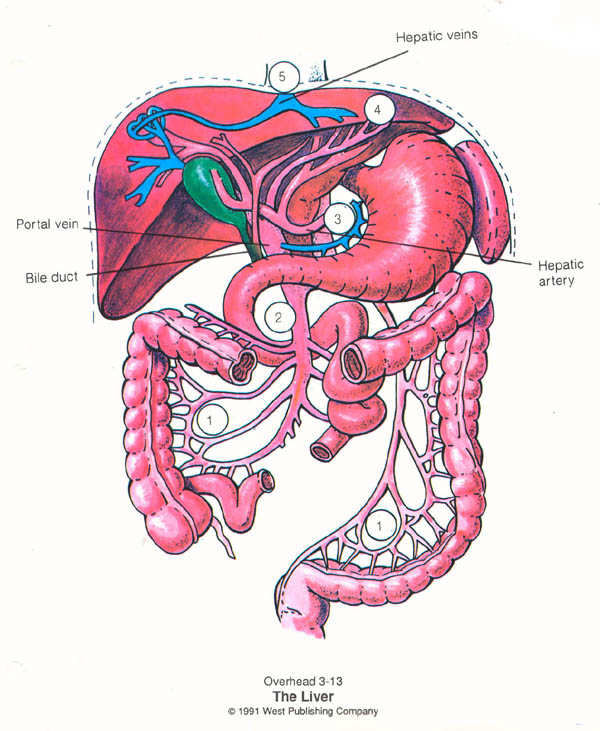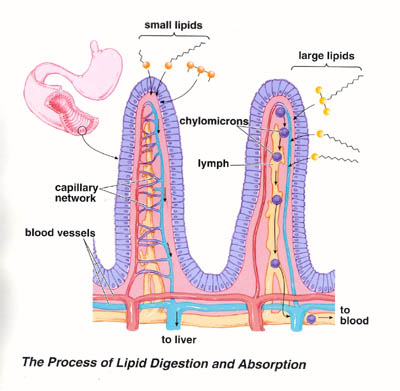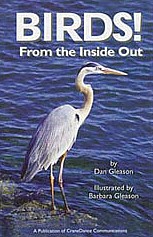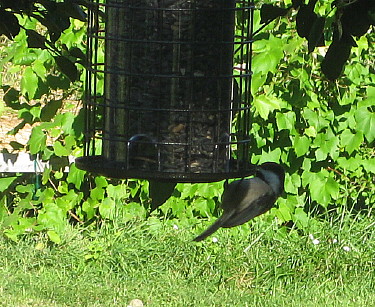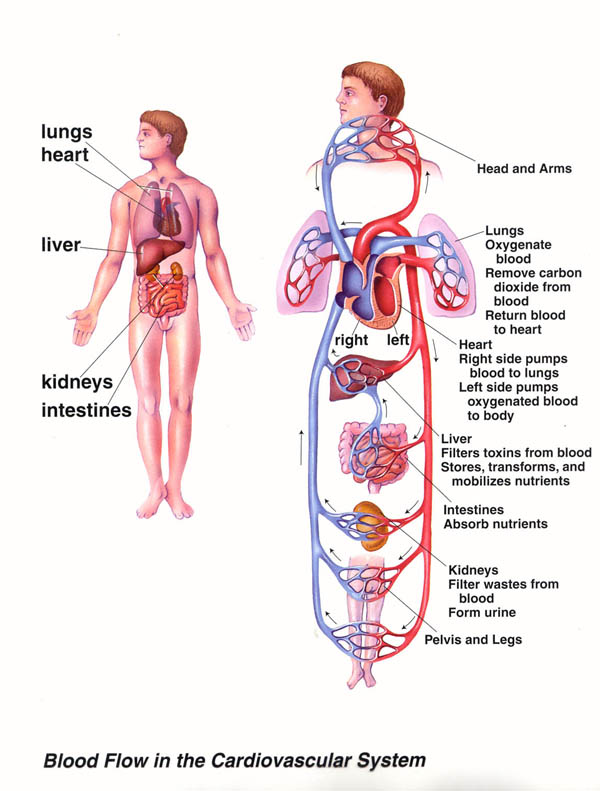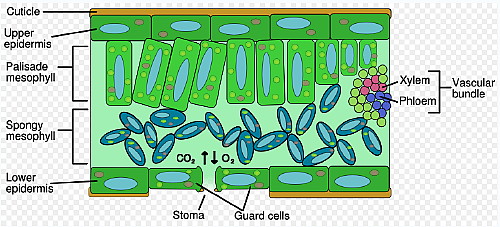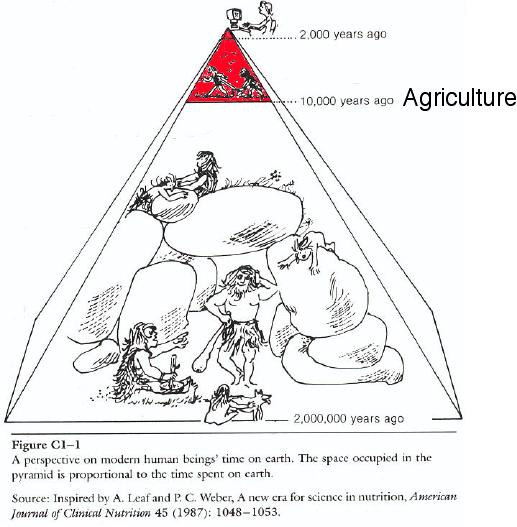|
FN 225:
Nutrition
Noy Rathakette, Ph.D. Health Professions Division Lane Community College Eugene, Oregon LECTURE 2B
|
Results for the class of #1 on SQ 1:
Look again at the Syllabus and go to the SUGGESTIONS FOR SUCCESS IN THIS CLASS near the end. Which of these do you think will be most helpful for you to know to be successful in this class?
| Fall 2010 |
|
| NUMBER OF STUDENTS | 33 |
| TIME | 11 |
| DUE DATES | 6 |
| UNDERSTANDING |
14
(42%) |
| FORUMS | 0 |
| COMMUNICATION | 1 |
| HONESTY | 0 |
It's not surprising to me that TIME
is the one that 50% of you selected, but I hope you agree with me that
all of them are important for you to be successful in this class.
Results for the class of #18 on SQ 1:
Read "Can I Live on Just Supplements?" in our text. Of the points this section makes, which is most convincing to you regarding why real food supplies something to health that formula drinks (like Ensure or Slim Fast) don't provide?
| Summer 2008 |
Fall 2008 |
Winter 2009 |
FALL 2009 |
Fall 2010 |
|
| NUMBER OF STUDENTS | 29 | 39 | 30 | 32 |
33 |
| Elemental diet formulas do not support optimal growth and health. | 2 | 3 | 3 | 5 (16%) |
9 |
| Elemental diet formulas may lead to medical complications. | 1 | 2 | 3 | 0 | 3 |
| Healthy people who eat a healthful diet do not need such formulas. | 1 | 2 | 0 | 3 |
1 |
| Hospitalized clients who are fed nutrient mixtures through a vein often improve dramatically when they can finally eat food. | 3 | 6 | 5 | 4 (13%) |
2
|
| When a person is fed through a tube, the digestive organs become smaller. | 0 | 3 | 6 (20%) |
1 | 1 |
| Lack of stimulation of the digestive tract may weaken body's defenses against infections. | 6 | 7 (18%) |
6 | 9 (28%) |
6
(18%) |
| The digestive organs release hormones in response to food, and these send messages to the brain that bring the eater a feeling of satisfaction. | 0 | 5 | 1 | 2 | 5 |
| Foods offer both physical and emotional comfort. | 5 | 5 | 4 | 5 | 3 |
| Besides nutrients, foods contain beneficial non-nutrients and phytochemicals. | 11 (38%) |
5 | 2 | 3 (9%) |
2 (6%) |
Results of the OPINION QUESTION question #20 SQ 1 this term:
Which of the characteristics of a nutritious diet do you think is most important?
| Fall 2008 |
Winter 2009 |
Fall 2009 |
Fall 2010 |
|
| NUMBER OF STUDENTS | 39 | 30 | 32 | 33 |
| Adequacy | 11 | 7 | 8 | 7 |
| Balance | 14 (36%) |
12 (40%) |
18 (56%) |
12 (36%) |
| Calorie control (I prefer the terms "portion control") | 4 | 1 | 5 | 4 |
| Moderation | 5 | 6 | 0 | 5 |
| Variety | 4 | 4 | 1 | 4 |
Results of the OPINION QUESTION question #48 SQ 1 this term:
| Fall 2010 |
|
| NUMBER OF STUDENTS | 33 |
| I have not yet decided on a
major. |
5 |
| My major is fitness. | 3 |
| "My major is nursing. | 10 (30%) |
| My major is dental-related. | 3 |
| My major
is respiratory care. |
1 |
| My major
is another medical career. |
0 |
| My major is not listed here. | 10 (30%) |
Which was your favorite caption in the "Mr. Potato Head" New Yorker cartoon? (OPINION QUESTION question #49 SQ 1 this term)
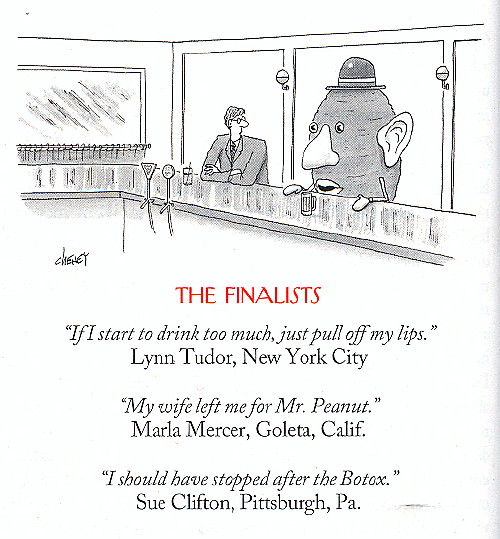
| Winter 2009 |
Spring 2009 |
Fall 2010 |
|
| NUMBER OF STUDENTS | 31 | 31 | 33 |
| "If I start to drink too much, pull off my lips." | 14 (45%) |
14 (45%) |
19 (58%) |
| "My wife left me for Mr. Peanut." | 9 | 9 | 8 |
| "I should have stopped after the Botox." | 7 | 7 | 6 |
| The winner
in the magazine was also
the
first one. That one was submitted by Lynn Tudor of New York City." |
